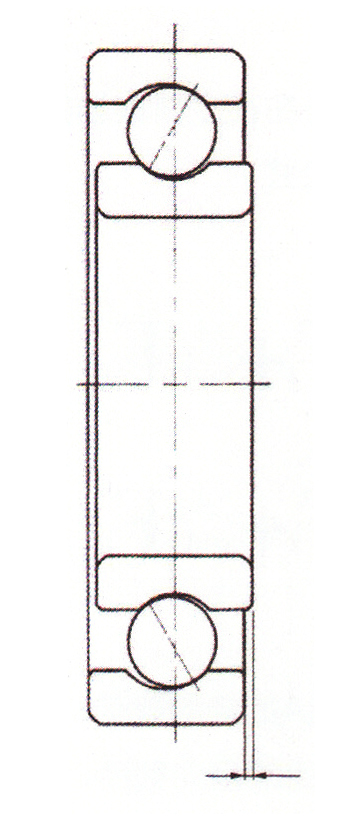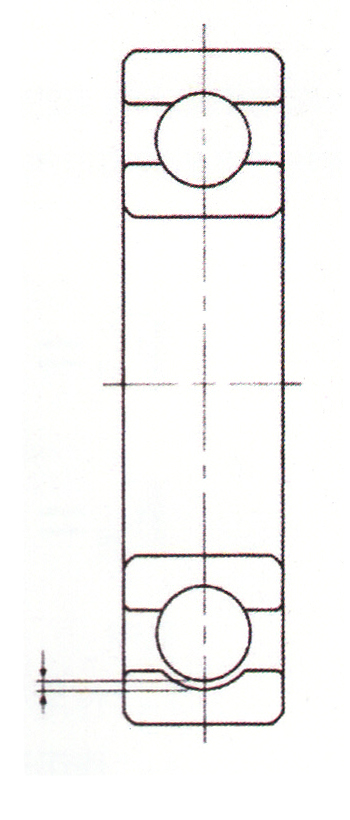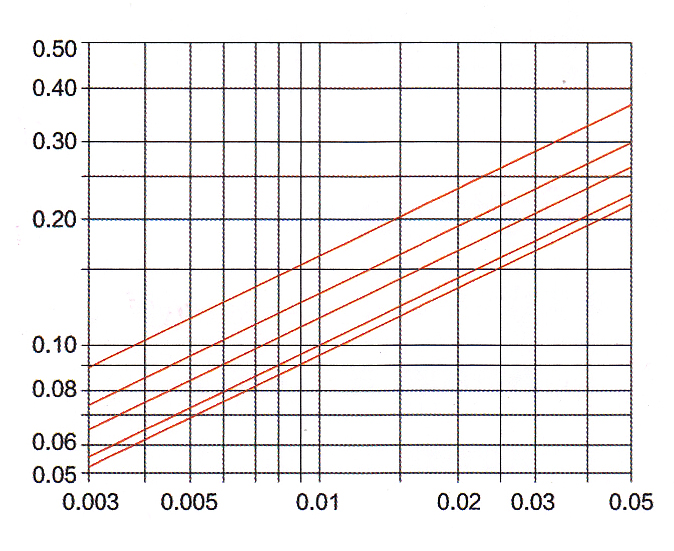INTERNAL CLEARANCE
The internal clearance of the sleeve refers to fixing one of the inner ring or the outer ring, and the amount of movement when the other is moved. The amount of movement when moving radially is called radial clearance, and the amount of movement when moving axially is called Axial clearance (refer to the figure on the right).
When measuring the internal clearance of the bearing, in order to obtain a stable measured value, a prescribed measuring load is generally applied to the bearing. Therefore, the measured internal clearance is greater than the true clearance (called the theoretical clearance), that is, the elastic deformation caused by the measured load is increased.
The internal clearance of the bearing is generally expressed by the theoretical clearance.
The internal clearance of the bearing will affect the bearing performance (service life, temperature rise, noise, vibration, etc.).

Radial internal clearance

Axial internal clearance
Radial clearance
Radial clearance of deep groove ball bearings (under no load)
The radial clearance of deep groove ball bearings can be divided into 5 groups, namely C2, CO, C3, C4 and C5, where Co is the standard clearance, C2 is the small clearance, and C3 or higher is the large clearance. The following table shows the specifications of these 5 groups.
the inside diameter of
Over (mm):
10/18/24 30/40/50 65
Include (mm)
18/24/30 40/50/60 80
C2
Minimum value (μm):
0/0/1 1/1/1 1
Maximum value (μm):
9/10/11 11/11/15 15
standard
Minimum value (μm):
3/5/5 6/6/8 10
Maximum value (μm):
18/20/20 20/23/28 30
C3
Minimum value (μm):
11/13/13 15/18/23 25
Maximum value (μm):
25/28/28 33/36/43 21
C4
Minimum value (μm):
18/20/23 28/30/38 46
Maximum value (μm):
33/36/41 46/51/61 71
C5
Minimum value (μm):
25/28/30 40/45/55 65
Maximum value (μm):
45/48/53 64/73/90 105
The relationship between radial clearance and axial clearance

Radial clearance mm

